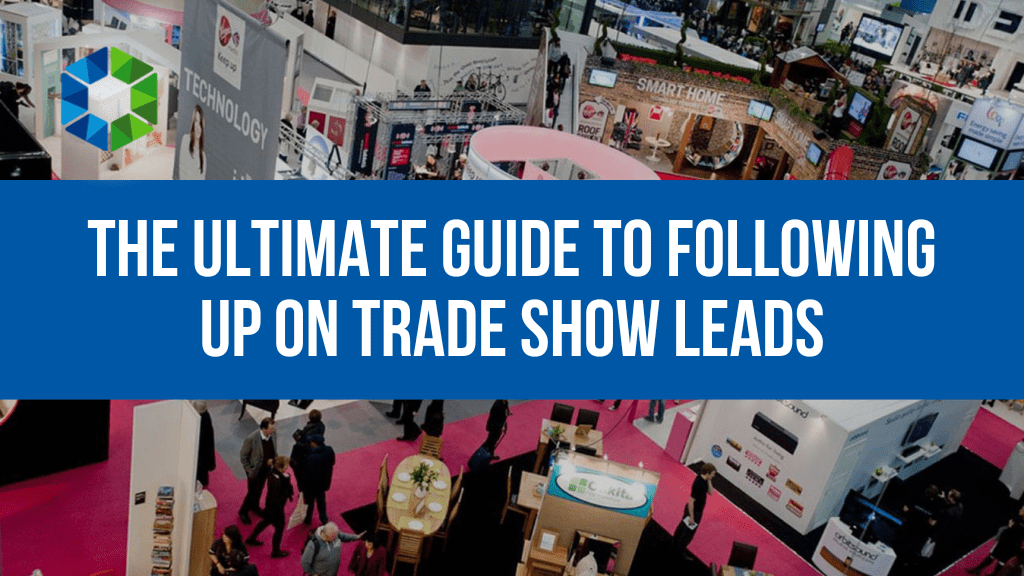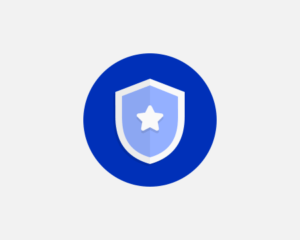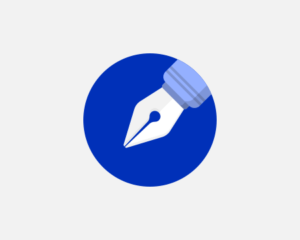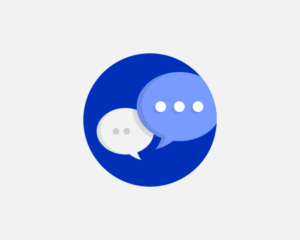
Everything You Need To Know About Following up on Trade Show Leads
Following up on your Trade Show leads is exhausting! Research done by Lynch Exhibits Inc. and In4med Corp found that:
98% of exhibitors collect sales leads at trade shows,
but less than 70% have any formalized plan or process in place for how those leads are followed up with.
Here at MarketReach, we’ve done the work for you and have created some follow-up strategies for making the most out of your trade show leads.
Step 1- Organize your Data
![]() Collecting organized data at a trade show is next to impossible. At the end of the day, you have a whole gambit of different post-it notes, business cards and random pieces of paper- all filled with your prospect’s information. While technology has caught up to trade shows, pushing out lead capture software on a smartphone, these technologies are not without its hiccups, particularly as it relates to recording notes per lead.
Collecting organized data at a trade show is next to impossible. At the end of the day, you have a whole gambit of different post-it notes, business cards and random pieces of paper- all filled with your prospect’s information. While technology has caught up to trade shows, pushing out lead capture software on a smartphone, these technologies are not without its hiccups, particularly as it relates to recording notes per lead.
When you get back to your desk, you need to put all that information into a comprehensive spreadsheet. Don’t let anything go to waste! The spreadsheet should be updated with all the necessary fields you’ll need to contact your prospect, as well as any notes you had from the conversation. By doing this, you’ll have a birds-eye view of what types of prospects you have and the progress you make with them. In addition to that, putting them into a spreadsheet will help you have a smooth import for whatever CRM platform you have.
Step 2- Prioritize Leads
 Segment your leads into one of three groups –
Segment your leads into one of three groups –
High Priority – These are heavy influencers and confirmed decision makers that have expressed definite interest in your product/service. Rule of thumb – if you’re eager to contact them, they’re probably a high priority.
Medium Priority – A lead is “medium priority” if you had a good conversation with someone at the Trade Show, but you’re not convinced that they are the Decision Maker. In addition to that, a lead can be a medium priority if there are key objections (such as budgetary concerns, which may not make them as qualified to do business with you).
Low Priority – Low Priority leads are leads that need to be nurtured over time. For example, you might have had a great conversation with the decision maker, but they have been adamant that they will not be able to pull the trigger until a later date. Or, a lead could be a low priority if you’re not sure the interest is there. It is also possible that the lead is simply unqualified to do business with you.
Segmenting your leads by priority will aid you when executing your follow up. They create a clear plan on who, when and how you will follow up with each prospect. Each business card you receive should have a notation regarding priority of opportunity.
Step 3- Ensure Promptness & Persistency
 Timing is critical. No matter what priority you assigned a lead to, following up with ALL leads after immediately after the Trade Show is necessary. In sales, we are always taught to push urgency, and this is for a good reason. According to a study by InsideSales, vendors that follow up with them first close 30-50% of leads.
Timing is critical. No matter what priority you assigned a lead to, following up with ALL leads after immediately after the Trade Show is necessary. In sales, we are always taught to push urgency, and this is for a good reason. According to a study by InsideSales, vendors that follow up with them first close 30-50% of leads.
No matter what medium you use – phone, email, or LinkedIn message – a quick touch is better than no touch at all weeks from the show. More so, it may very likely require multiple touches via several mediums before you finally have that sought-after post-show conversation. Demonstrating “reason to talk again” with each outreach will be imperative, as decision-makers are pulled in many directions when they get back from a trade show. Be pleasantly persistent!
Step 4- Tailor Emails
 Although each salesperson has a different preferred method of following up with a prospect, one of the best is to send a customized email. A custom email, particularly when you had a conversation with the prospect at the show, accomplishes three things:
Although each salesperson has a different preferred method of following up with a prospect, one of the best is to send a customized email. A custom email, particularly when you had a conversation with the prospect at the show, accomplishes three things:
- Demonstrates to the prospect that your conversation made an impression and that you listened (an oft lost art of humans). Nobody wants to be sold too, they want a solution that meets their needs.
- Allows you to display the real value of your company, rather than a flat pitch
- Receives a higher engagement rate
It’s easy to consider each customized email too time-consuming, but in reality, it doesn’t have to take that much work. You don’t have to outline your entire product line for them or sell them every service in the book. All you have to do is tell them it was nice meeting them, reference some points about what you spoke about during the show, and then match your companies features and benefits to them while asking for an actual conversation. If you still need help, there are tons of templates online that will help you write something eye-catching and professional!
Step 5- Utilize LinkedIn
![]() LinkedIn is an integral part of any sales strategy because it allows you to actively or passively touch base with your prospects. For example, you could take the active route and send them a message along the lines of “I just wanted to touch base.” Or, you could take the passive method, and keep on sharing company updates in to ensure that your company stays top of mind (the passive strategy is especially important for Low Priority leads). This allows you to build a trusted relationship without constantly probing your lead for communication.
LinkedIn is an integral part of any sales strategy because it allows you to actively or passively touch base with your prospects. For example, you could take the active route and send them a message along the lines of “I just wanted to touch base.” Or, you could take the passive method, and keep on sharing company updates in to ensure that your company stays top of mind (the passive strategy is especially important for Low Priority leads). This allows you to build a trusted relationship without constantly probing your lead for communication.
Step 6 – Make a Follow-Up Call
![]() The follow-up call is imperative to continuing the conversation and assessing needs. Although picking up the phone can be daunting at times, it is one of the best ways to get a return on your trade show investment.
The follow-up call is imperative to continuing the conversation and assessing needs. Although picking up the phone can be daunting at times, it is one of the best ways to get a return on your trade show investment.
Unsure of what to say? We’ve found that one of the most effective ways to master a follow-up call is to create a script guideline. Some salespeople have the misconception that a script this is an impersonal method of calling, as if will make them sound robotic on the phone. However, a script guideline will actually make you sound more prepared and allow your speech to be more fluid and lessen the umms and uhh’s that inevitably make its way into conversation that doesn’t have a clear direction.
Think of each call you make as a mini presentation. If you had the task of presenting your product/service to a group of people at a conference, you would be sure to pre-plan what you were to say, right? A follow-up call is no different. It should be well thought out and pre-planned, with notations on what to say if your prospect asks certain questions or demonstrates objections. To learn more about calling prospects, click here.
Step 7 – Record all Interactions
 On average, it takes 6-8 touches to close a deal. Each one of those touches are valuable! Ensure that your sales team is entering each interaction into your CRM so that it can be tracked actively. By doing this, you minimize the possibility of forgetting vital information about a lead, or forgetting about a lead in general! Worse, capturing lead information and history is imperative to the general long-term viability of deal-closing. When an opportunity is not in the “right place right time” to close, if those leads are nurtured month after month, those prospects from last year’s trade show will make their way into the Right Place Right Time category.
On average, it takes 6-8 touches to close a deal. Each one of those touches are valuable! Ensure that your sales team is entering each interaction into your CRM so that it can be tracked actively. By doing this, you minimize the possibility of forgetting vital information about a lead, or forgetting about a lead in general! Worse, capturing lead information and history is imperative to the general long-term viability of deal-closing. When an opportunity is not in the “right place right time” to close, if those leads are nurtured month after month, those prospects from last year’s trade show will make their way into the Right Place Right Time category.
In addition to that, staying well documented creates professional and personalized interactions. Being able to summarize your last conversation with a prospect will help the process along for both parties, and will aid you in building rapport!
By: Katie Weikert at MarketReach Inc.
Connect with Katie on LinkedIn
Photo Source: EtailInsights
MarketReach has 17+ years working in the Trade Show space. If you would like to find out what we can do to help market your tradeshow and follow-up with your prospects, please email Nick Puppo at nick@marketreach.biz[/vc_column_text][/vc_column][/vc_row]
Comments are closed.